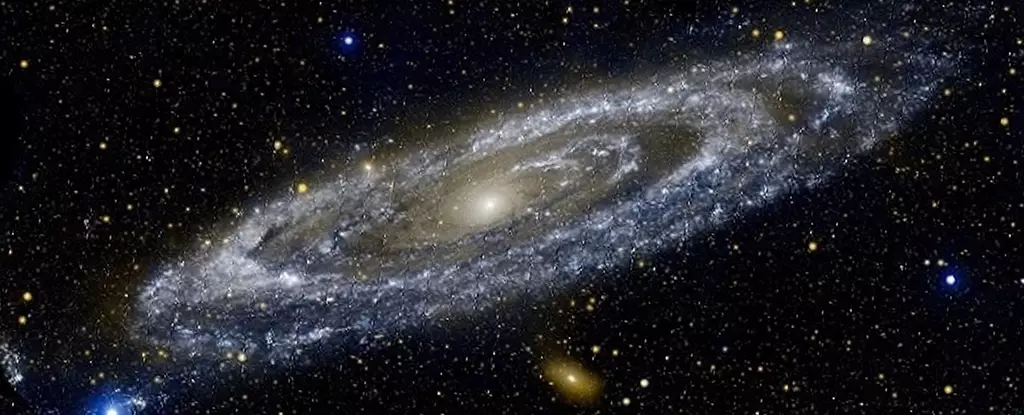As we look up at the night sky, it’s easy to forget just how small we are in the grand scheme of the universe. The Earth orbits an average star, our Sun, which in turn orbits the centre of our Galaxy, the Milky Way. But beyond this familiar territory lies a vast and mysterious landscape.
The Laniakea Supercluster is an unimaginably large structure that spans 250 million light years across. It is home to at least 100,000 galaxies, each containing countless stars, planets, and other celestial bodies. The sheer size of this supercluster is a testament to the incredible scale of the universe.
When we think of galaxies, we often envision majestic spirals and dazzling clusters of stars. But in reality, galaxies are just collections of various celestial objects held together by gravity. Remove the stars, nebulae, and planets, and a galaxy ceases to exist. This concept applies not only to galaxies but also to superclusters.
The Einasto Supercluster is an even larger structure, measuring an astounding 360 million light years across. It is home to a staggering 26 quadrillion stars, making it one of the largest superclusters in the universe. Named after Professor Jaan Einasto, a pioneer in the study of superclusters, this vast structure is a true marvel of the cosmos.
Despite their immense size and gravitational pull, superclusters are not permanent fixtures in the universe. The gravitational forces that bind these collections of galaxies together also act as a brake on their expansion. Over time, galaxies within a supercluster may drift apart, leading to changes in density and size. This delicate balance between expansion and gravitational pull underscores the dynamic and ever-evolving nature of the universe.
To comprehend the sheer enormity of superclusters, we can use analogies such as a coin on a football pitch or the Sun as a golf ball compared to Mount Everest. These comparisons help us grasp the magnitude of these structures and the vast distances that separate the galaxies within them. It’s a humbling reminder of our place in the universe and the awe-inspiring complexity of the cosmos.
Superclusters are not just random assortments of galaxies but intricately connected structures that shape the fabric of the universe. Our understanding of these vast cosmic formations continues to expand, revealing new insights into the mysteries of the cosmos. As we gaze up at the night sky, let us marvel at the beauty and complexity of the superclusters that lie beyond our planet’s limited perspective.


Leave a Reply